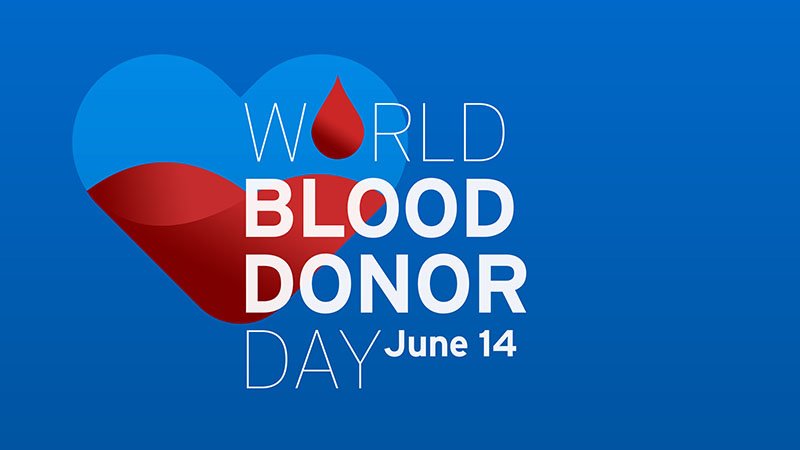The Gift of Life: A Decision to Donate Blood or Plasma
Constant need for blood and plasma donations
According to the World Health Organization (WHO), nearly 120 million units of blood are donated every year. However, this is not sufficient to meet the global need. For numerous ill and injured people, a blood transfusion means the only chance of survival, but many patients do not have timely access to safe blood. Blood cannot be stored indefinitely and has a maximum shelf life of 42 days, meaning there is a constant need for donations.
Blood has four components: red blood cells, white blood cells, platelets, and plasma that circulate through the body. It supplies essential substances, such as sugars, oxygen, and hormones to cells and organs, and removes waste from cells. An average adult has approximately 4.5 to 5 liters of blood in their body. In most countries, the volume of blood taken is 450 milliliters, which is about 10 per cent of the total blood volume.
You can donate whole blood and plasma – both are equally vital in the lifesaving procedures and treatments of patients in hospitals and medical centers. But what is the difference between both donation types? Plasma donation is the process of separating the plasma from the whole blood and returning the remaining blood components to the body. Blood donation is the process of giving whole blood, which is red cells, platelets, and plasma, in a single donation.
Today is World Blood Donor Day
The slogan of this year’s campaign is “Give blood, give plasma, share life, share often”.
In recognition of this special day, we want to give you some insights about the importance of blood and plasma donation. Both are equally vital in lifesaving procedures and treatments of patients in hospitals and medical centers.
Watch the video with Pierre Vidal, Transfusion & Cell Technology at Fresenius Kabi, where he shares valuable facts on plasma and its purpose.
About World Blood Donor Day
World Blood Donor Day takes place every year on June 14. The World Health Organization (WHO) initiated this day in 2005 to highlight the need for blood donations worldwide. It is the birthday of Karl Landsteiner, who was an Austrian-born American biologist, physician, and immunologist. In 1930 he received the Nobel Prize in Medicine for discovering the human blood groups and has been described as the father of transfusion medicine.
